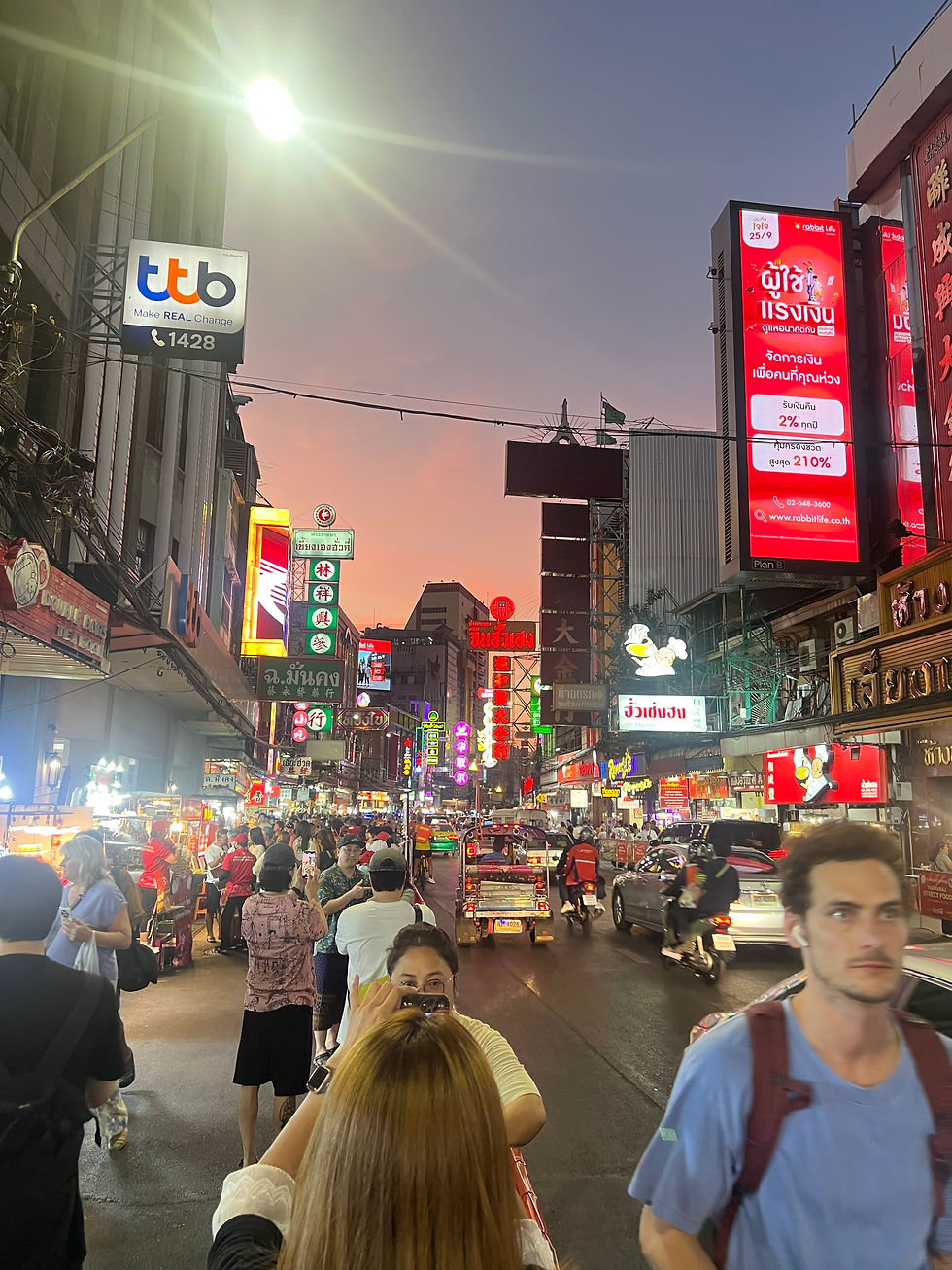The Magic of the Thai Smile: What Does It Really Mean?
- Steven Callahan
- Mar 25
- 2 min read
Updated: Apr 30
Chiang Mai, the cultural capital of Northern Thailand, is known for its relaxed atmosphere, beautiful temples, and friendly people. One of the first things you'll notice during your visit is the Thai smile. But did you know that this smile means much more than just friendliness? In Thailand, the smile is a form of communication with subtle, unspoken rules. Let’s look at the hidden meanings behind the famous Thai smile.
1. Not Every Smile Means JoyIn the West, a smile is often associated with happiness or kindness, but in Thailand, a smile can express many other emotions. It can be a sign of politeness, shyness, discomfort, or even an apology. Thais smile to maintain harmony and keep social situations running smoothly.
2. The Thai Smile Avoids ConflictConflicts and confrontations are often seen as inappropriate in Thailand. Instead of showing anger, many Thais choose to smile as a way to reduce tension. This doesn’t mean they agree with you, but rather that they are seeking a peaceful way to handle the situation.
3. ‘Sanuk’ and the SmileThais highly value 'sanuk', or finding enjoyment in life. This is reflected in their daily interactions. A smile shows that life doesn’t have to be taken too seriously and there is always room for fun and a positive attitude.
4. Respect and PolitenessShowing respect is very important in Thailand. A smile is often used in greetings, thank-yous, and even when politely declining an offer. It helps maintain a harmonious atmosphere, especially during first meetings.
5. Different Types of Thai SmilesThere are many types of smiles in Thailand, each with its own meaning. Some common examples include:
Yim thang nam taa – a genuine, happy smile
Yim tak tai – a forced smile in difficult situations
Yim yao-yao – a playful, teasing smile
Yim sao – a sad smileThais can distinguish between these subtle differences, even if they look the same to outsiders.
6. A Smile Can Mask FeelingsIn Thai society, “losing face” is something to be avoided at all costs. That’s why a smile is sometimes used to hide negative emotions like anger, shame, or disappointment. This helps preserve harmony in social situations.
7. Smiling is Expected in Social InteractionsWhen you travel in Chiang Mai, you’ll notice that smiling is almost always the norm. Whether you’re visiting a market, admiring a temple, or talking to a street vendor, a smile often opens doors and makes interactions more pleasant. Not smiling can be perceived as unfriendly or distant.
Understanding these nuances gives you deeper insight into Thai culture and helps you better navigate social situations in Thailand.






Comments